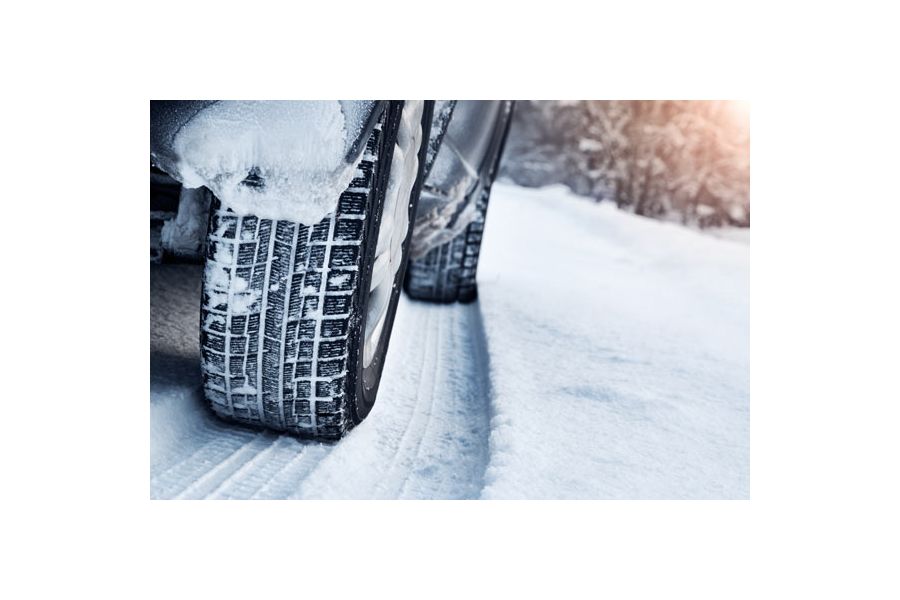Cold Prep

Explaining how to keep the family vehicle protected from freezing weather can be a trying task in a vast country such as the U.S., with its multiple changes in elevation and climate zones.
A guide that recommends checking the heater and defroster would be irrelevant for San Diego, where temperatures rarely drop below 60 degrees. To suggest that Buffalo drivers should put chains on tires, where snowdrifts, blizzards and ice are anticipated occurrences from October through March, would be accurate but a case of preaching to the choir.
Vehicle owners in large swaths of the country, though, can take heed on how to winterize their cars or trucks – from Midwesterners blindsided by fast-moving Arctic blasts known as Alberta Clippers to coastal Georgians facing gridlock as an unusual cold weather storm ices high bridges.
Sources as diverse as Consumer Reports, DMV.org, insurers and auto parts companies post lists on how to winterize your car or secure its most critical parts. Each website, blog or publication offers tips on the best ways to guard vehicles against the elements, with proper operation of batteries, tires and heating equipment among the most common guidelines.
Nationwide Insurance Co. offers the following tips on how to protect cars during cold and/or inclement weather:
Heat and defroster – Turn the devices on and off to make sure they are working.
Antifreeze and cooling system – Prior to severe temperature drops, drain the cooling system and add new antifreeze. Refill the car radiator with coolant at least once a year.
Tires – Inspect every week for proper tread and air pressure and replace worn tires. Use all-weather tires or in extreme cases, chains or snow tires with studs. Special winter tires are designed to better grip icy pavement, the insurer said.
Windshield wipers – Install new blades if they're worn, swap out wiper fluid for a winter mixture and consider winter wiper blades to cut through ice.
Brakes – Check fluid levels and pads for wear and tear; replace any worn pads or rotors.
Batteries – Test by turning on the headlights before starting the engine. If they get brighter once the engine starts, the batteries may need an electrical inspection. Make sure cables and terminals are attached securely and free from corrosion. Replace batteries that are more than three years old.
Lights – Clean lights before driving in precipitation; replace foggy or damaged lens covers to improve visibility.
Oil – Consider switching to "winter weight" or less viscous oil, since heavier oils thicken in lower temperatures.
Exhaust – Replace or repair leaks or crimped pipes to keep carbon monoxide out of the passenger compartment.
Fuel, air filters – Keep the gas tank at least half full to prevent moisture in the gas line from freezing.
Clean – Wash the car periodically to prevent road salt from damaging the paint, apply a fresh coat of wax to avoid corrosion. Scrape ice from windows, roof and doors.
Copyright © CTW Features